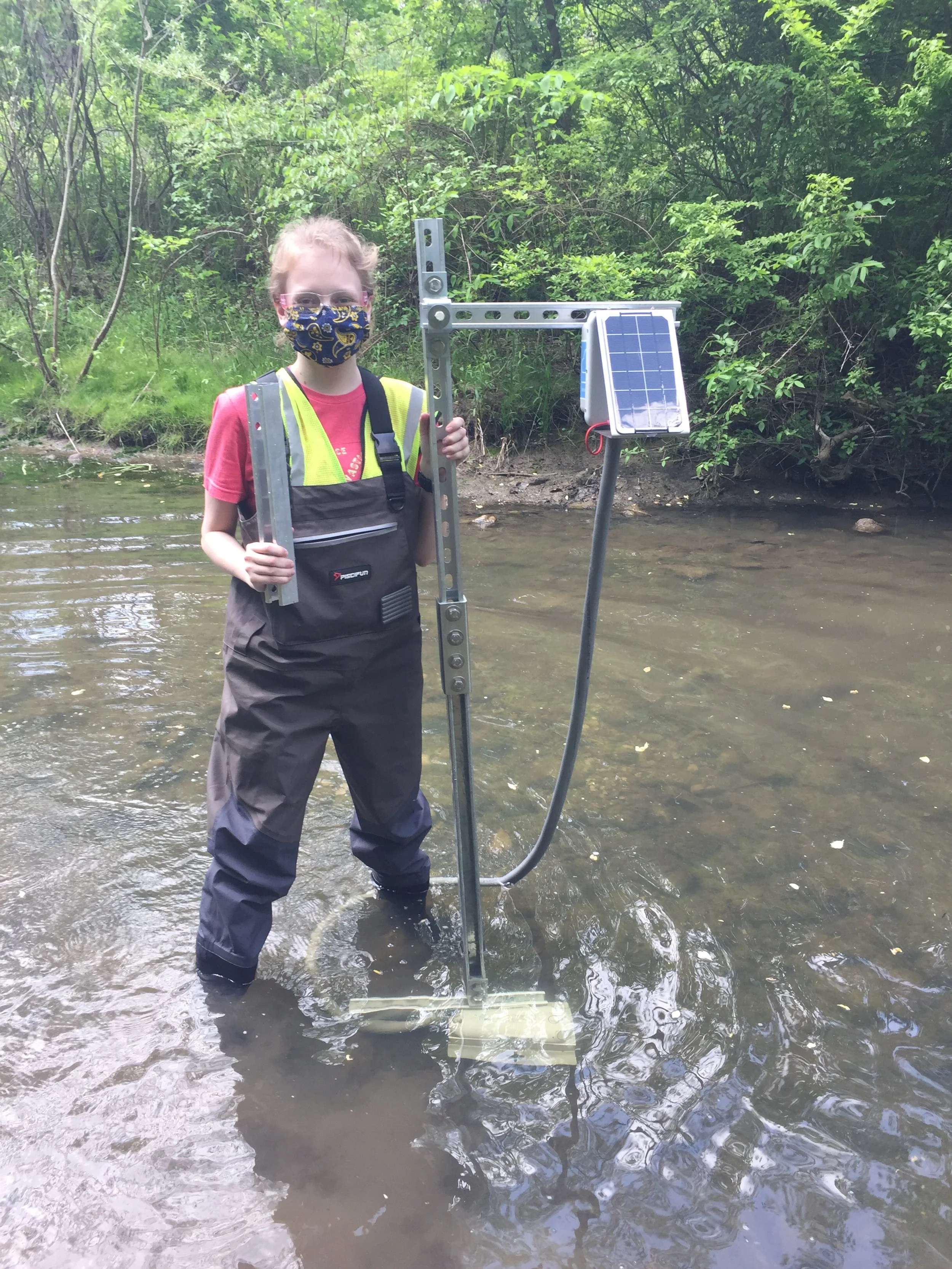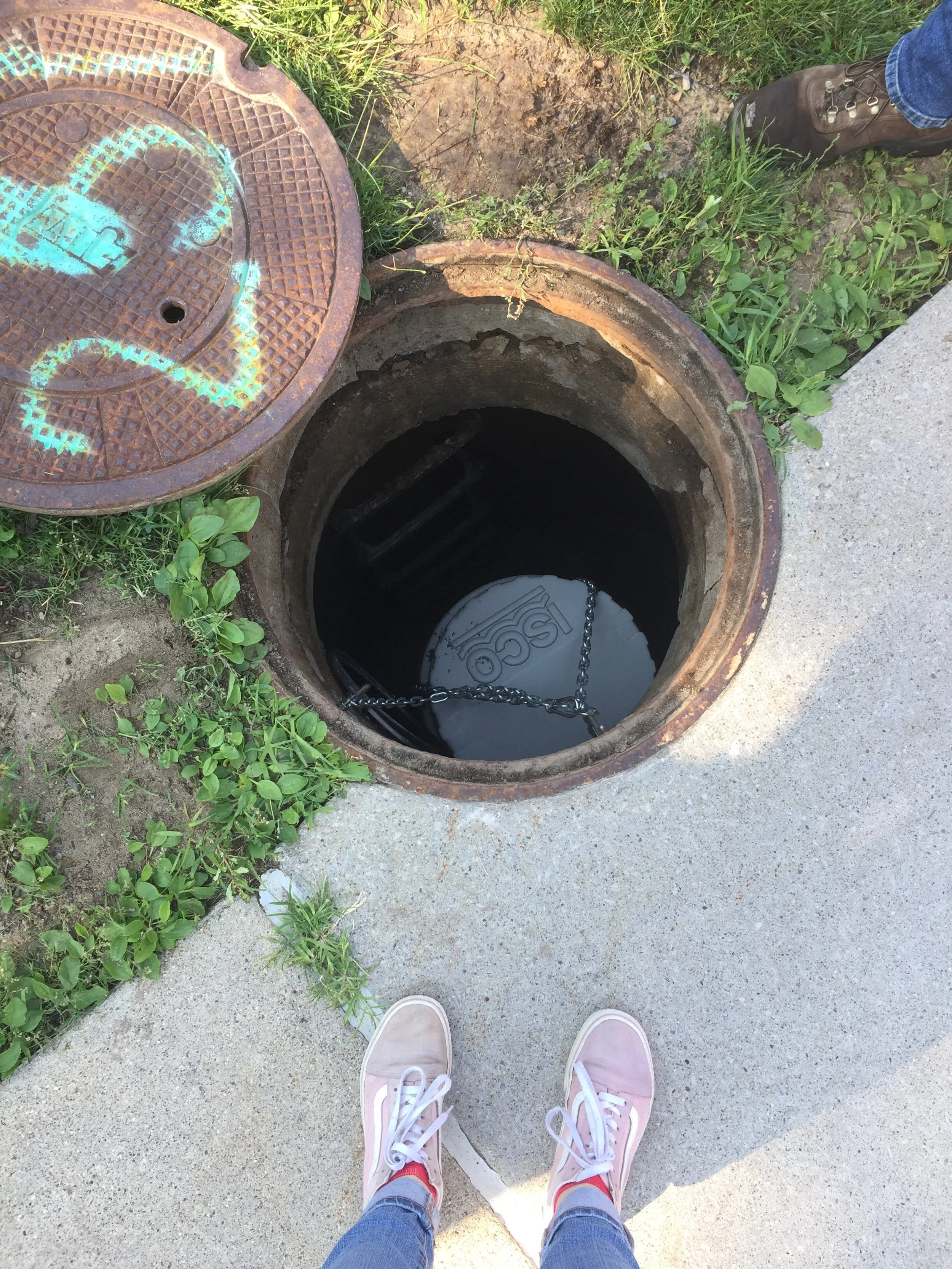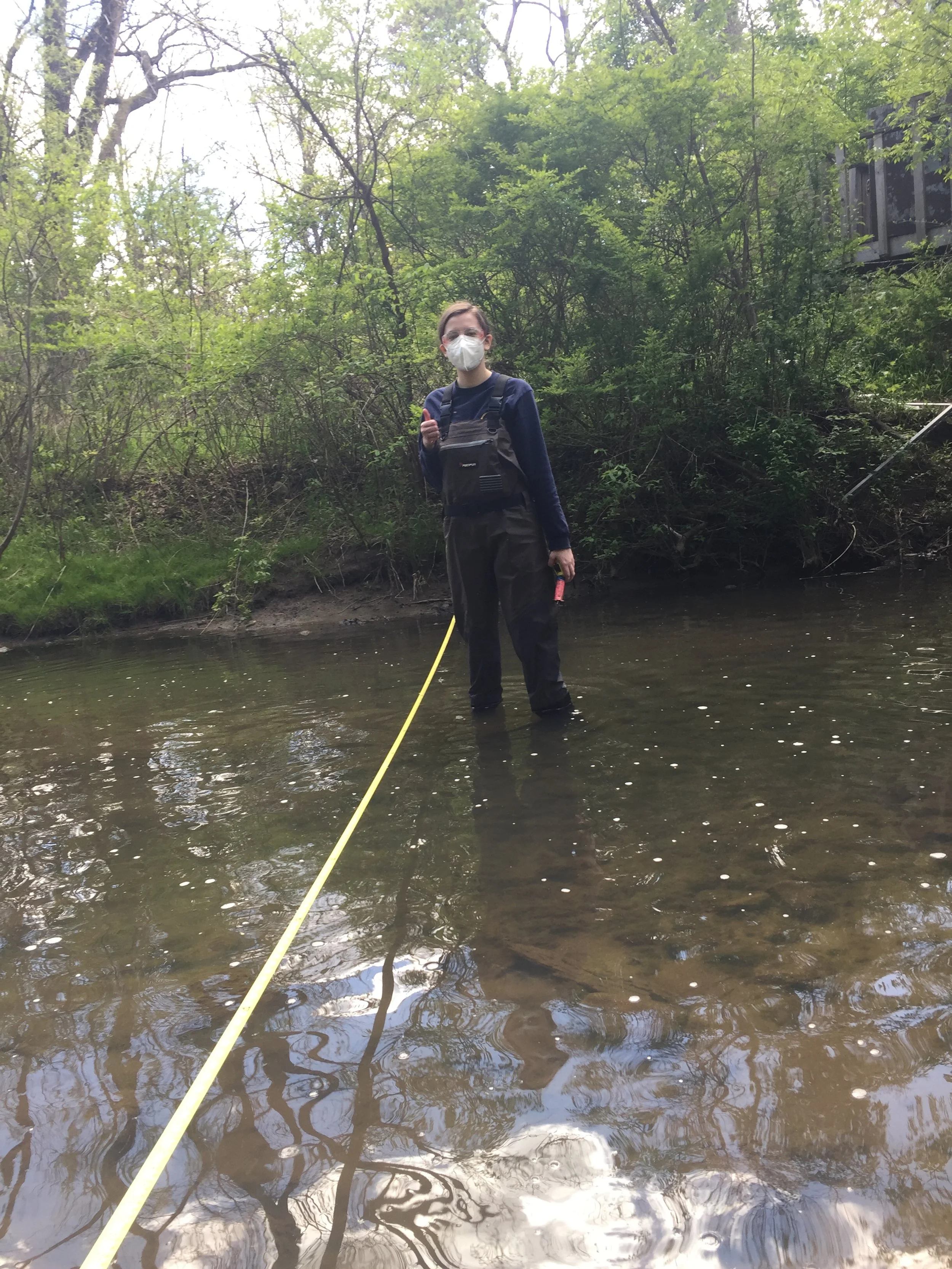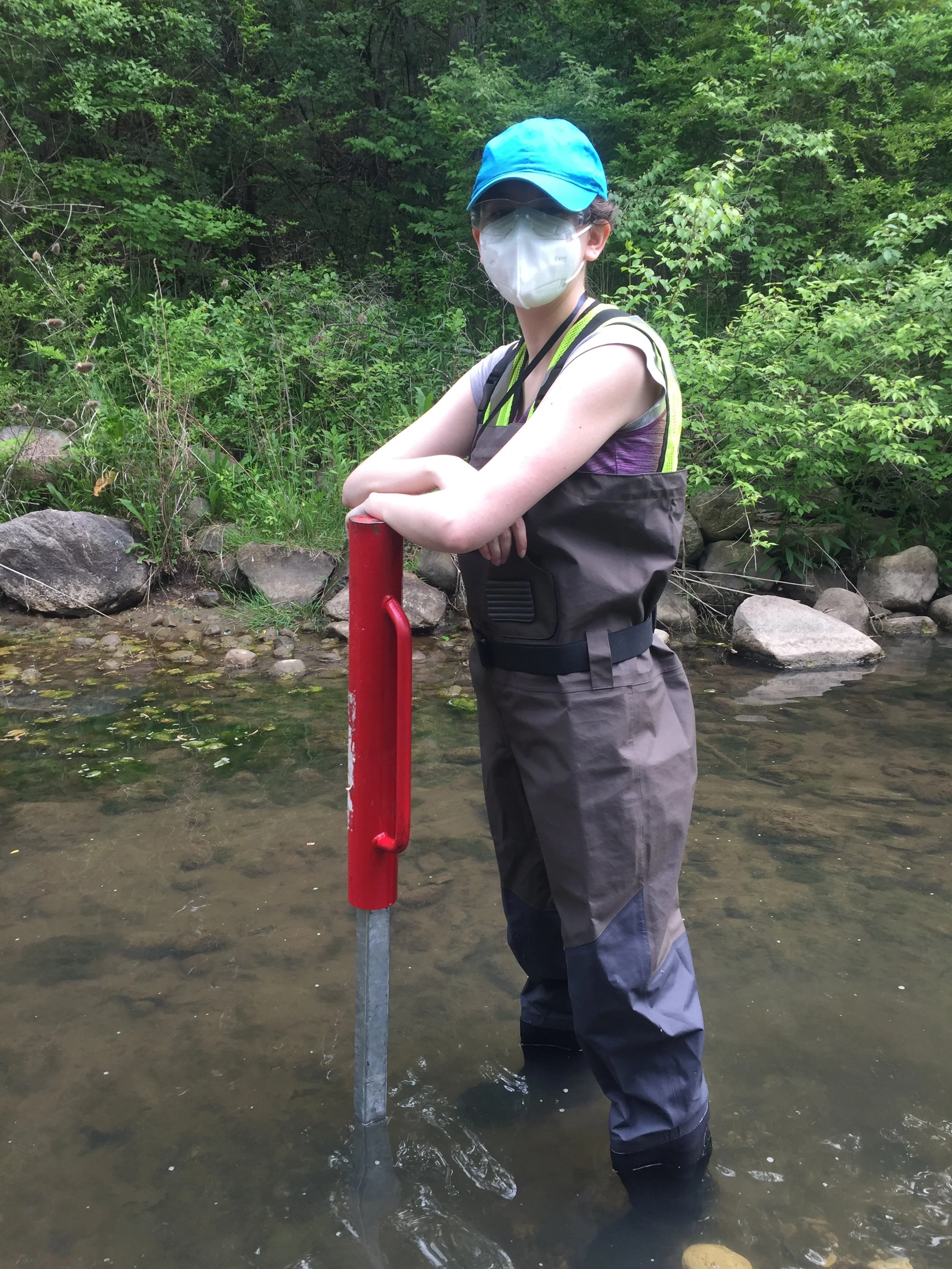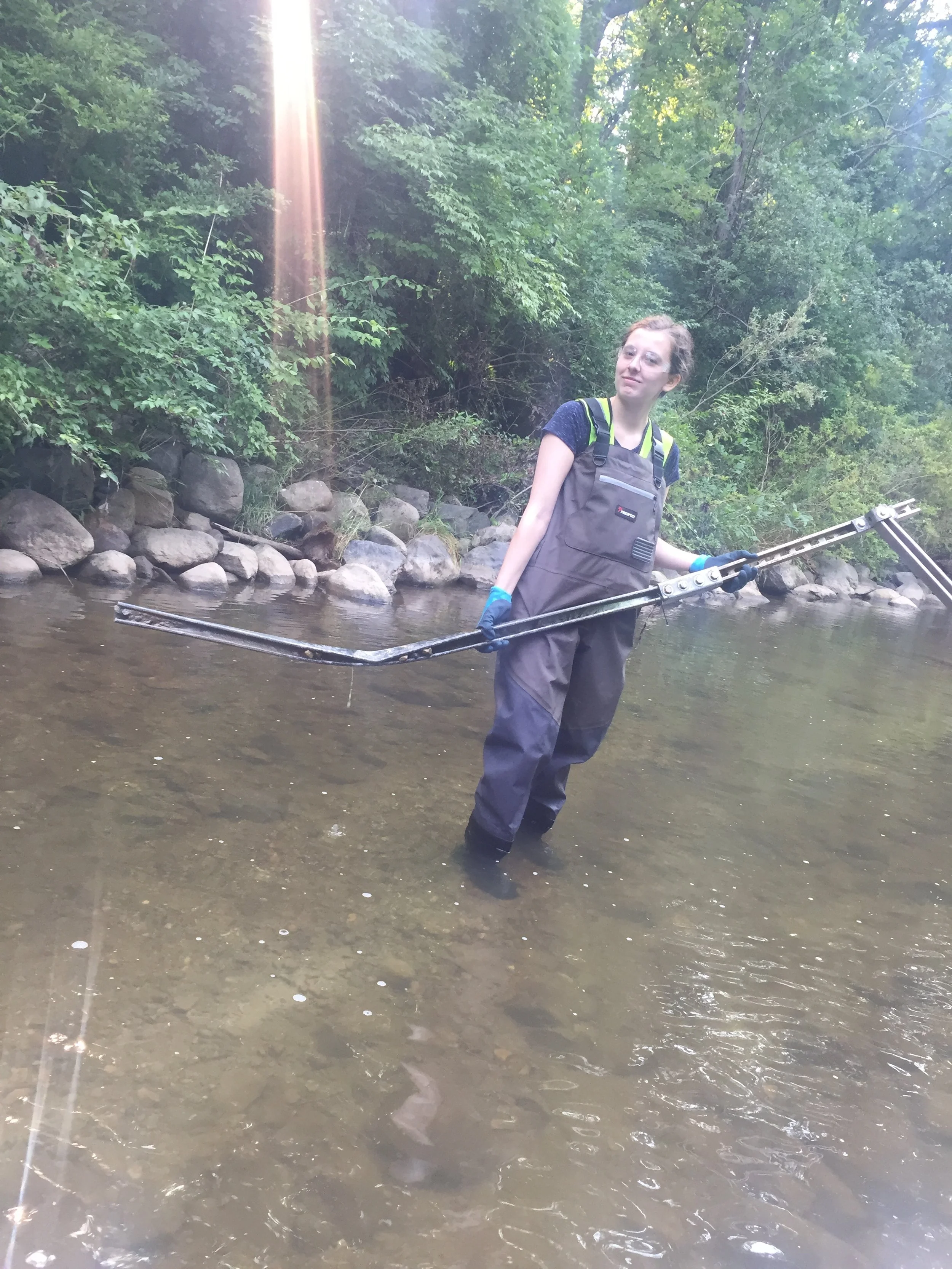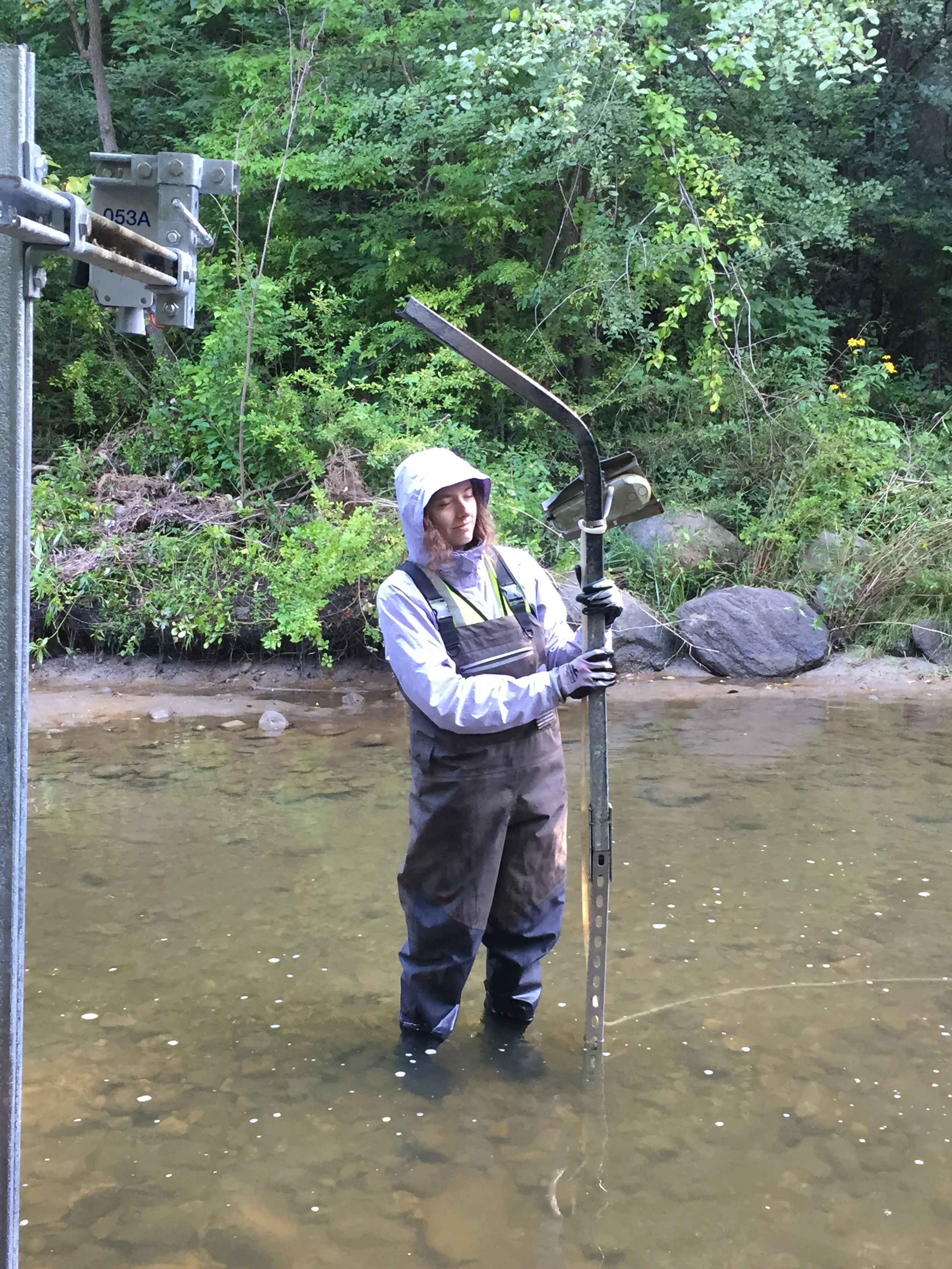Going Soft?
Algorithms for Adaptive Sampling & Soft Sensing for Water Quality
Traditional methods of water quality monitoring often involve manual grab samples or rigid and costly sensor deployments, limiting our ability to gather comprehensive data needed for a modern generation of data-hungry algorithms. We’re thinking of new algorithms for adaptive sampling and soft sensing, promising a more efficient and flexible approach to water quality management.
A soft sensor, also known as a virtual sensor, is a computational model that estimates or predicts a physical or chemical variable in real-time using data from other sensors and process information. Instead of relying solely on physical sensors, soft sensors employ mathematical algorithms, machine learning, and data fusion techniques to provide continuous, cost-effective, and accurate measurements of variables like temperature, pressure, or water quality. They play a crucial role in industries where traditional sensors may be impractical or costly to install, helping optimize processes and ensure product quality.
Our work, in collaboration with the Wiggi Lab at the University of Michigan, focuses on leveraging low-cost sensors, artificial intelligence, and machine learning to optimize data collection in real-time. By adapting sampling strategies to specific conditions and dynamically adjusting sensor placement, we can significantly improve our understanding of water quality. This approach not only reduces costs but also enhances the accuracy and coverage of our measurements.
Fundamental Advances: soft sensing models, value of information methodologies
Impacts: improving the management of drinking water resources to monitoring ecological impacts in natural water bodies and predicting Covid-19 particulate movement in the Ann Arbor sewershed
Communities: Huron River Watershed, Washington DC


